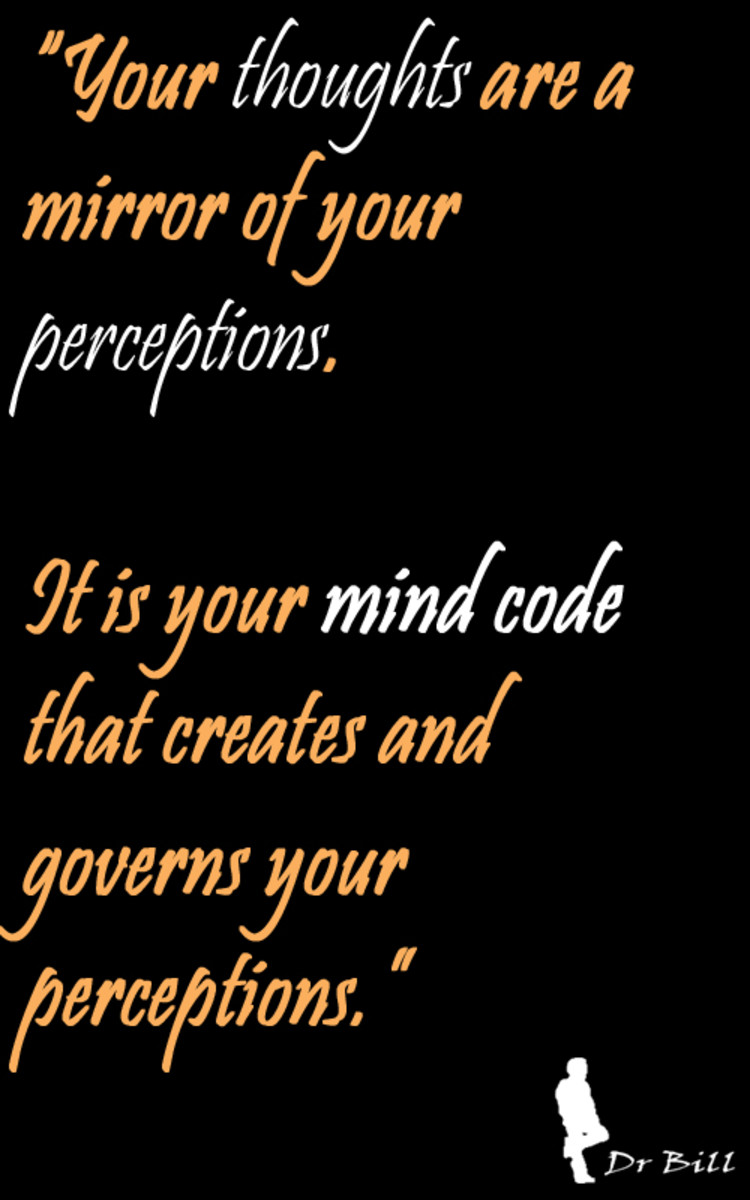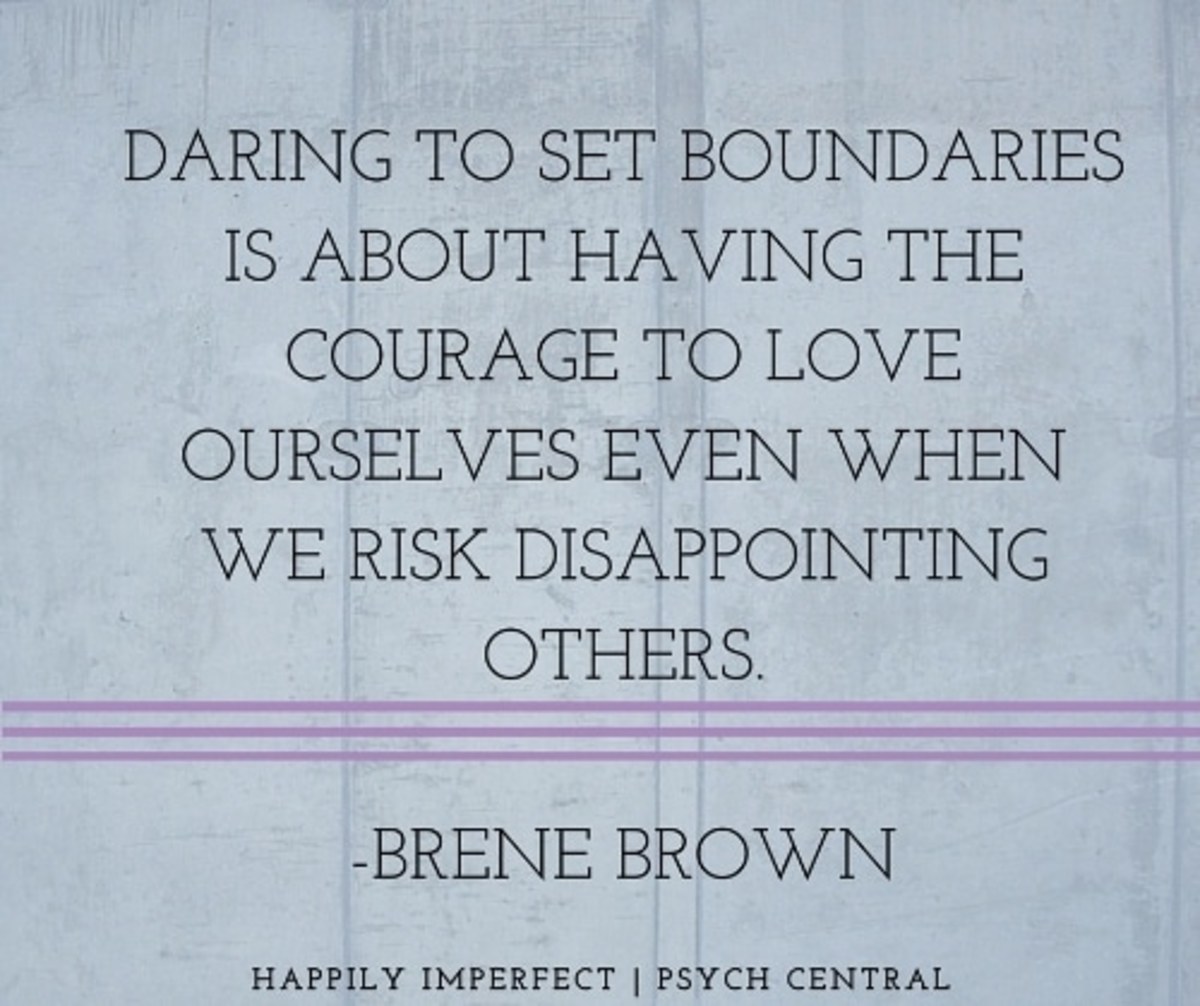Things I Do to Fight Anxiety and Negative Thinking

It’s been almost a year since I began treatment for my anxiety and depression. I’ve been a bit of an anxious, nervous and paranoid person for as long as I can remember, but it was never anything that really took a toll on me until the summer of 2014. For whatever reason – most likely genetics – a switch was turned. I got home after a long drive from the beach and felt that something just wasn’t right. I felt extremely blue for what I thought was no reason and could not get myself out of it like I normally could. It wasn’t the first time I cried in my life, but it was the first time that tears came from a source that I couldn’t immediately rule out. It seemed as though all the problems in my life that I was once able to put aside – social, personal, jobs and school – came rushing to my head all at once and completely wiped me out.
Knowing that depression was in the family gene pool, I immediately searched for a psychiatrist. After a few weeks and meetings with both a psychiatrist and therapist, I eventually found that my problems were rooted in my anxiety. I was relieved that my case wasn’t chronic depression, but knew that this was something that I needed to deal with; something that obviously had been holding me back from being the happiest person I could be.
My anxiety, like with many other people, is characterized by dark patterns of negative thinking: worrying about the future, constantly being afraid of the good things in my life ending and dwelling on mistakes I’ve made in the past. If I let all these things soak in for long enough without addressing them in a healthy way, I get caught into a depressive episode. When this happens, I feel like these things are real and I find myself useless until I can either do something to distract myself or get to sleep. I can’t hold a conversation and I lose almost all motivation to do work or the things I enjoy; just a sad little black puddle.
I have made great progress through therapy and medications, but there are still hours – even days – when I need to grasp this demon myself. That said, here are some ways that I fight my anxiety and negative thoughts:
Recognize The Negative Thoughts for What They Are
The best thing to do with negative thoughts and anxiety at first is to recognize them for what they are: thoughts. They are not concrete or realistic feelings and emotions, rather just garbage that our minds create. We create these thoughts as a defense against our insecurities and/or fears. While it’s good to have a natural self-defense protocol, creating irrational thoughts is not the healthy way to do so. I know it’s not easy to throw these thoughts away like the trash they are, as they feel so real. But the sooner you can recognize them as irrational and tell yourself that you are just going through another negative episode, the better you will get at setting them aside.
When these types of thoughts come up, try talking out loud to yourself. Say something like, “Oh boy, here we go again. I’m having another negative thought.” I know it sounds strange; I thought the same thing at first. But removing yourself from that subconscious state helps tremendously with developing a pattern of healthy thoughts.
Learn to Rationalize These Thoughts
Many people say that the guide to fighting negative thinking is to simply think more positive. This is true in some sense. If you constantly think that things are not going to get better in life, convincing yourself that things indeed will get better could help you. But this does not always work. Sometimes those negative thoughts feel like a single-sided coin and flipping them around won’t make a difference. As I said before, negative thoughts are irrational ones, so the best response is to rationalize them.
One exercise that I have found to be very useful is the “Three Column Technique” that I read about in a book called “Feeling Good: The New Mood Therapy.” (Great book by the way; strongly recommend) It’s a simple process that involves identifying the negative thoughts and how they make you feel, followed by rationalizing them. First you list the negative thought, followed by your response in the first column. Then, in the second column, you identify the type of negative thought that it is. (over generalizing, negative filter, all or nothing, etc) Finally, you apply a rational thought to the negative in the third column. Here’s an example:

Rather than trying to set the negative thought aside, this allows you to look deep inside of them and think of them in another perspective that is not the jaded alternative. It also lets you put them somewhere else other than in your head. Just seeing it on a paper or Word document in front of you will help a lot. Trust me.
Go Outside and Go For a Walk

I’m sure you’ve heard this one too many times and I hate to beat a dead horse, but it’s true. Getting outside and some exercise is a great way to relieve anxiety and depression. It’s not just the fresh air and exercise. Sometimes, rather than mentally escaping your thoughts, you need to physically escape. Sitting in the same room as you were when you began to have those thoughts is only going to make you dwell on them more. Getting away from that room gives a notion that you have left those thoughts behind and helps you focus on something else.
Talk to Somebody

This might sound intimidating. Maybe you don’t want to burden somebody with your problems. Maybe you feel embarrassed. Maybe you don’t feel like they will understand, or don’t feel that you will get the feedback that you want. I’ve been there too, but do you know what all that is? Negative thinking. A good friend or caring family member will listen. Just like writing down these thoughts, talking to someone who cares about you will offer an alternative perspective to these thoughts. Most likely, this perspective will make you look at those thoughts in a more rational way. Worst-case scenario is that you got to vent these things out, which is always a relief.
What About You?
What is your go-to method for alleviating your symptoms of depression?
Closing Words
I know that these tips won’t flip your depression or anxiety over like a pancake. There are other problems that root much deeper than negative thinking: a loss, breakup, divorce, etc. But the more mental support that you create for yourself, the stronger you will be. As you get into the habit of thinking in a more rational way, these thoughts will come up less often and you will learn to cope with the ones that stick around.
This is obviously just a snippet of dealing with negative thoughts and anxiety. Having said that, here are two books that have helped me a lot:
“Feeling Good: The New Mood Therapy” by David D. Burns (The one I mentioned before)
“7 Secrets Your Mind Doesn’t Want You to Know” by Lisa Esile (A really funny and quick read)








